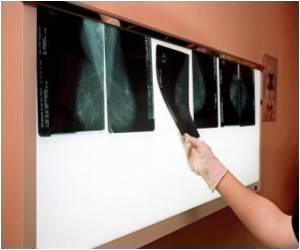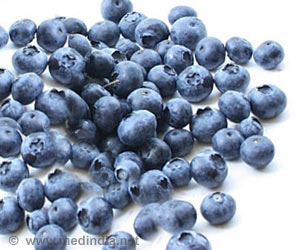The development of mammary gland in blueberry-fed laboratory rats may aid in better breast cancer research, found study.

The powder comprised 5 percent of the total weight of the feed, according to Simmen, a senior investigator at the centre and a professor at the University of Arkansas for Medical Sciences in Little Rock.
Her team evaluated several structural indicators of normal mammary gland development in the lab animals, including branching of the gland.
There was significantly more branching in the offspring of the group that consumed the diet containing 5 percent blueberry powder than in offspring of dams fed rations containing 2.5 percent or 10 percent blueberry powder.
In their analysis of several biochemical indicators, the team found, for instance, that the level of the tumour-suppressing protein PTEN (phosphatase and tensin homolog deleted in chromosome 10) was significantly higher in mammary tissues of offspring of dams on the 5 percent regimen. That's a plus, because PTEN is thought to help protect against cancer.
Lab animal studies of blueberries' potential role in preventing breast cancer date to 2006.
Advertisement
The findings have been published in the May/June 2011 issue of Agricultural Research magazine.
Advertisement









